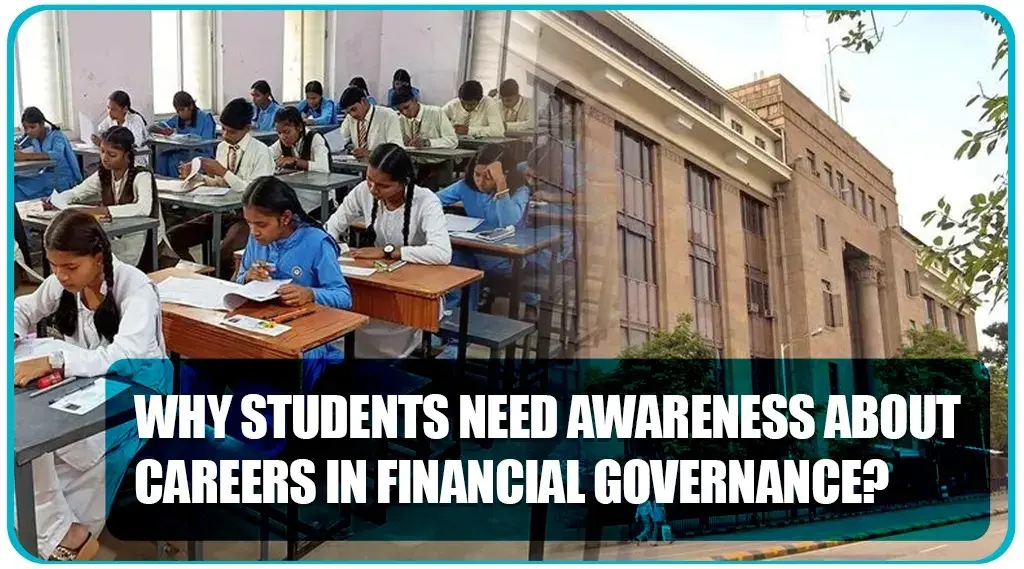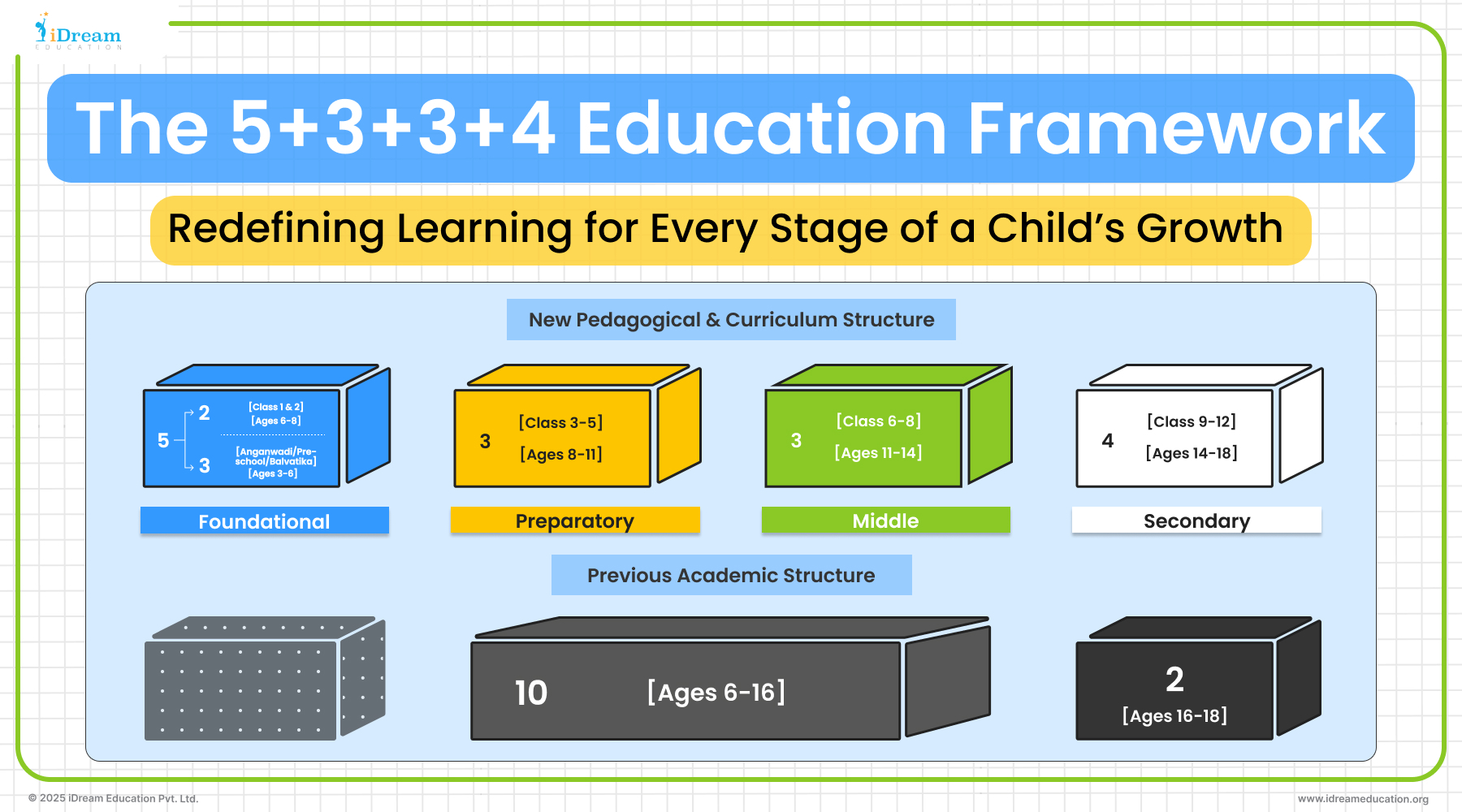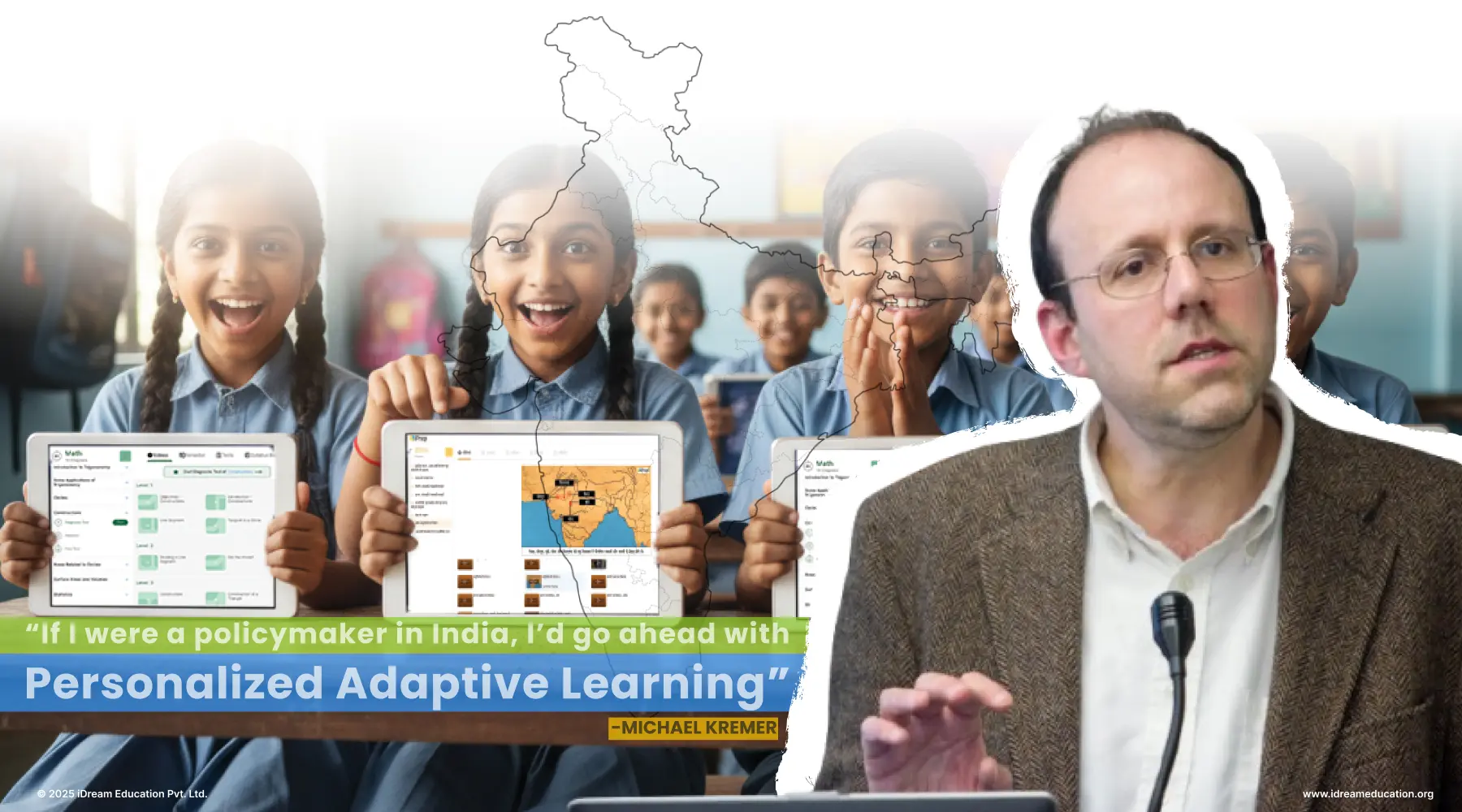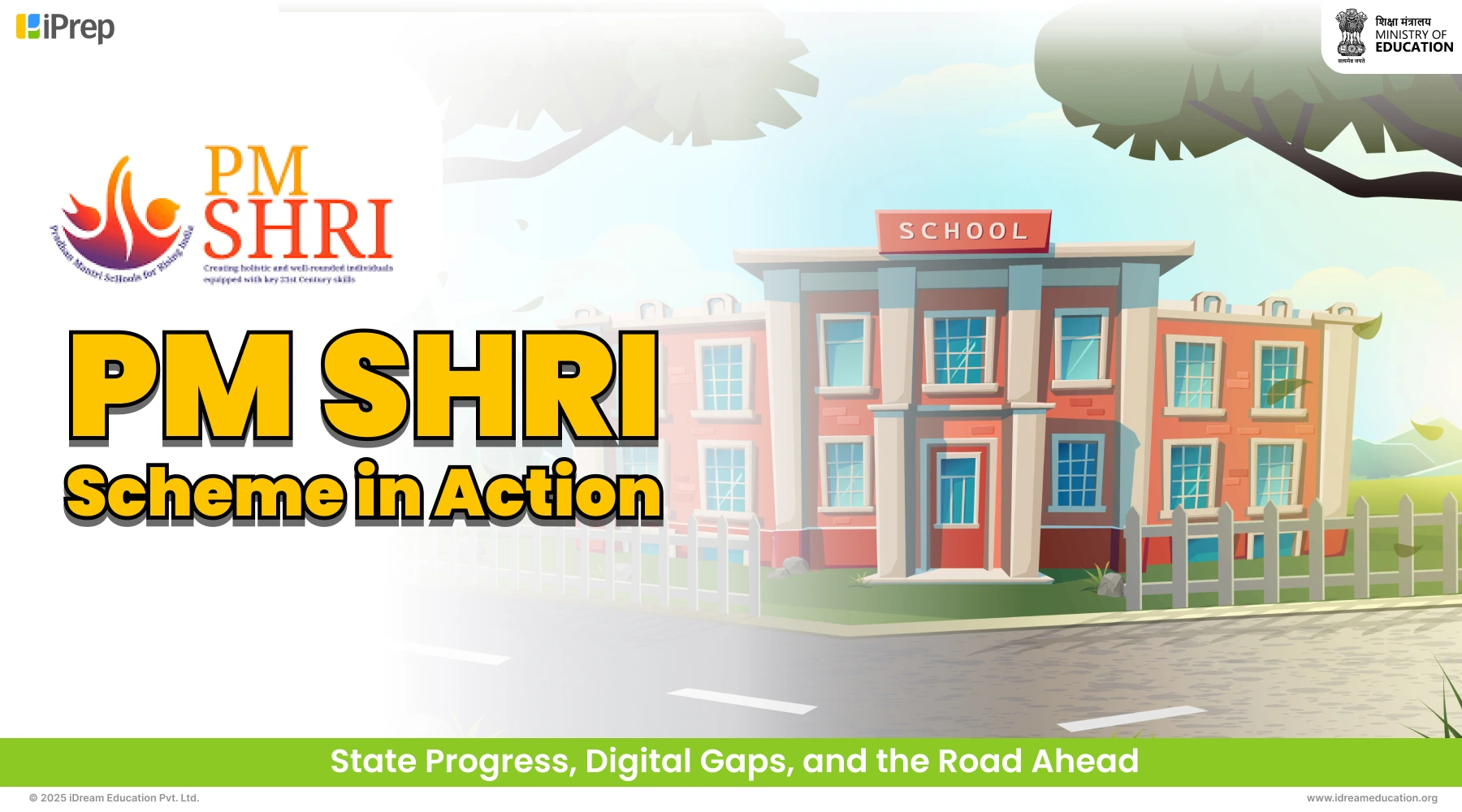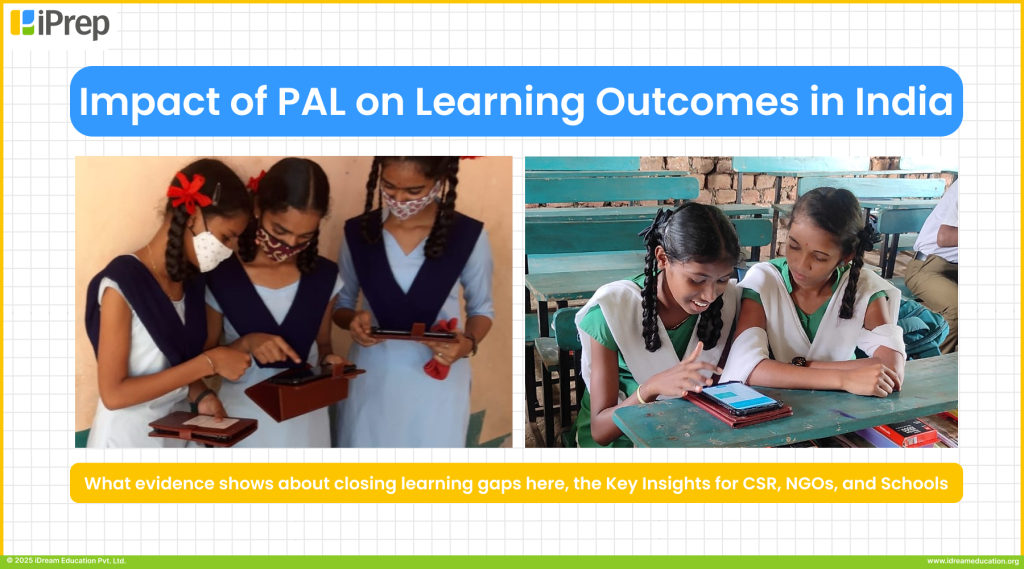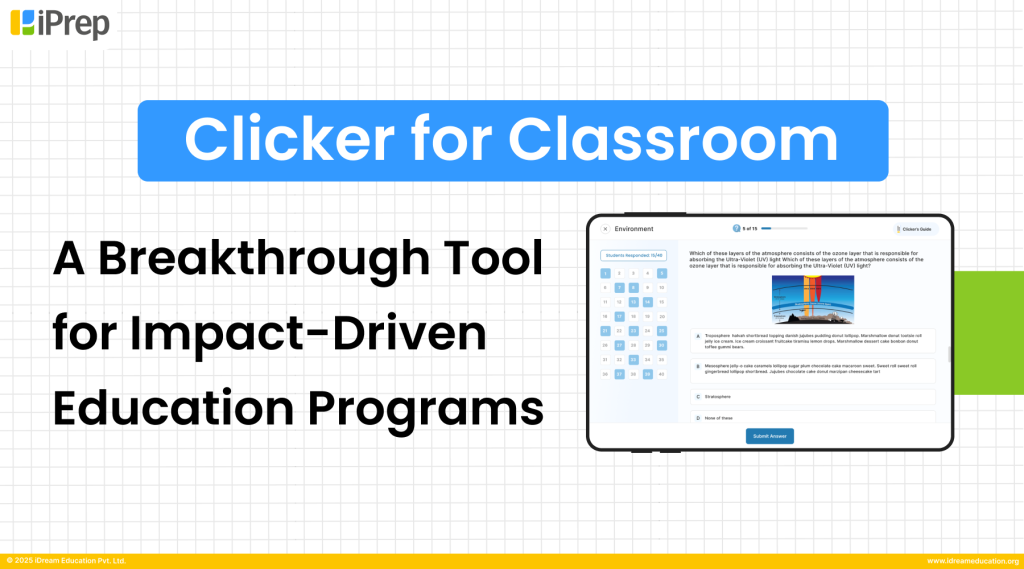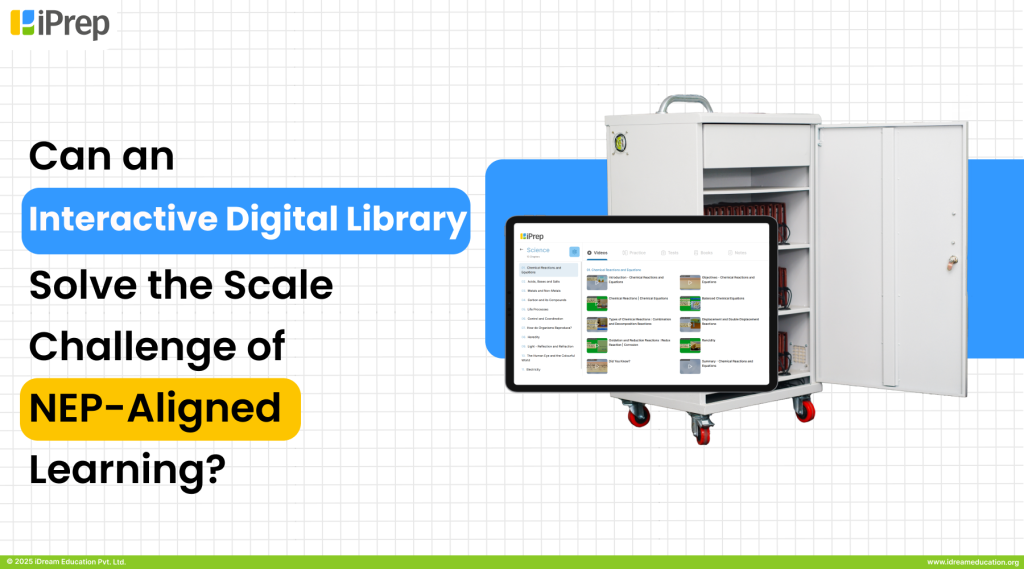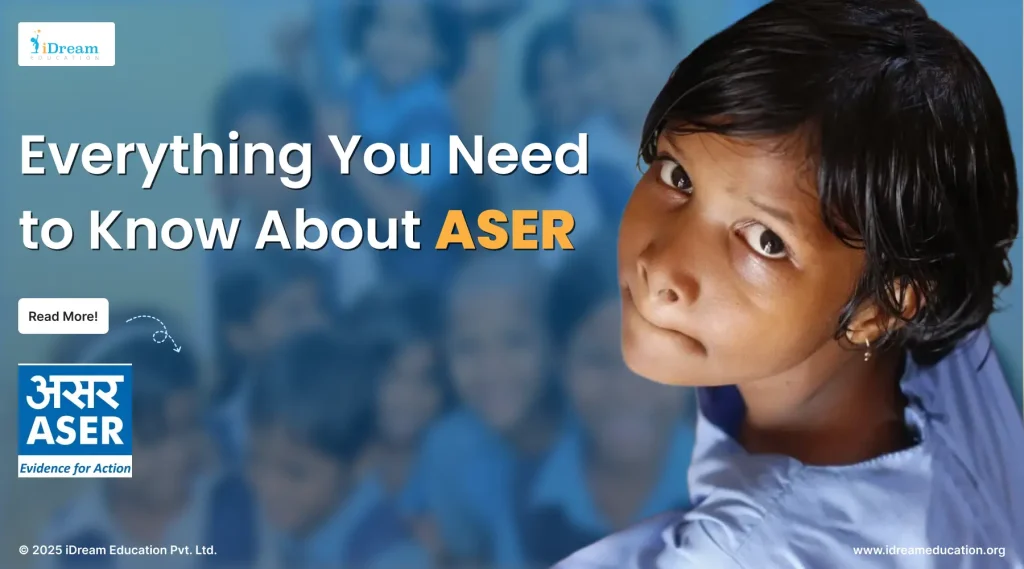
In a country as vast and diverse as India, how do we truly know whether children are learning? That’s the question ASER – which means ‘impact’ in Hindustani – seeks to answer.
What Does ASER Stand For?
ASER stands for Annual Status of Education Report
How It All Began: The Story Behind ASER
The roots of ASER go back to 1996, when the non-profit Pratham began working to help children in India’s villages and urban slums acquire basic reading and arithmetic skills. Throughout its early years, Pratham focused on one clear goal: ensuring that every child could learn, not just attend school. As their reach expanded, Pratham needed a simple and consistent way to assess children’s progress.
This led to the creation of a practical tool just one sheet of paper with four levels of reading:
- Letters
- Simple and commonly used words
- A short paragraph with basic sentences
- A longer story with more advanced vocabulary
This tool was used widely across states, enabling field teams to speak a common language about children’s learning. It helped measure progress in a way that was easy to use, understand, and compare across locations.
By 2004, India had nearly achieved universal enrollment at the primary school level. But a big question remained: Were children actually learning? No large-scale data existed to answer this. Pratham’s grassroots work showed that many children in school were still struggling with basic reading and math.
This concern sparked the idea of Annual Status of Education Report (ASER): India’s Largest Citizen-led Survey
ASER dives deep into what children in rural areas are actually learning, especially in basic reading and arithmetic. Conducted every year, the ASER Centre brings to us a clear picture of what’s really happening in classrooms and homes across rural India. Using simple yet powerful methods, they gather large-scale evidence on learning outcomes, especially in reading and arithmetic. But ASER goes beyond just numbers. It helps us understand the actual impact of government programs and education policies on the ground.
Born in 2008 as an independent unit within the Pratham network, ASER Centre carries forward Pratham’s mission of helping every child learn well. By combining grassroots experience with data-driven assessments, ASER not only tells us where we stand, but also guides us on what needs to be done.
The Vision Behind ASER: Evidence for Action
At the heart of ASER lies a powerful belief: when people understand the problems around them, they can bring about extraordinary change.
The ASER Centre envisions a world where evidence is not just collected by experts, but by everyday people such as parents, teachers, and volunteers who care deeply about improving their communities. They believe that measurement doesn’t need to be complicated. It should be rigorous, yes – but also simple enough for anyone to do, understand, and act on.
When ordinary citizens are equipped with the tools to measure learning, they begin to ask the right questions. They talk to one another, recognize gaps, and take steps. Their steps could be small or big but the motive will be to make things better. This is what “evidence for action” truly means.
The Mission: Turning Measurement into Meaningful Action
ASER Centre’s mission goes beyond just collecting data, it’s about empowering people and institutions to understand that data and use it to drive change. By building the capacity of individuals, communities, and organizations, ASER enables large-scale measurement that is both accurate and actionable. The goal is to create a culture where decisions in education are based on what’s really happening, not just on assumptions or theories.
Now, education industry is at the stage whether it’s a teacher in a village school, people in the social sector, or a policymaker at the national level, ASER helps bridge the gap between what we think is true and what the evidence shows, so that action is rooted in reality and impact becomes measurable. ASER is creating a movement of informed citizens who can drive real change in education and beyond.
The first nationwide ASER survey was conducted in 2005
This marked a major shift in how India approached measuring learning outcomes. But as ASER expanded year after year, it uncovered deeper gaps not just in children’s learning, but in how the country understood and measured educational progress.
Through its early years in the field, ASER brought to light a striking reality: India lacked a culture of measurement and analysis, especially when it came to learning outcomes. There was little independent and timely data available at the district level, and most existing assessments focused more on processes than actual learning.
Further, within these years it also became clear that a large number of stakeholders such as teachers, NGO workers, citizen groups, even government functionaries, lacked access to the basic technical knowledge needed to collect and interpret data. There was a widespread need to build skills in areas such as sampling, survey methodology, and data analysis.
In response to these insights, ASER Centre was established in January 2008 as an independent research and capacity-building unit within the Pratham network. Its goal was not only to continue the ASER surveys, but also to strengthen the ecosystem by building capacity, promoting evidence-based advocacy, and making rigorous measurement accessible to all.
From Annual to Alternate Years: Adapting to a Changing Educational Landscape of India
After running the ‘basic’ ASER survey annually for a decade, 2015 marked a pause. The national education landscape was evolving. Government-led assessments such as the National Achievement Survey (NAS) and State-Level Assessment Surveys (SLAS) were gaining prominence. However, these were school-based assessments focused on grade-level content unlike ASER, which looked at foundational learning across all children aged 5–16, whether in school or not.
Recognizing the unique value of ASER’s community-based, household survey model, a new approach was adopted.
The ‘basic’ ASER survey was then conducted once every two years, while the alternate years would feature thematic surveys focusing on different age groups and aspects of education.
Some key milestones in this new cycle included:
- 2016 & 2018 – Basic ASER surveys continued, measuring foundational reading and arithmetic skills.
- 2017 – ASER Beyond Basics assessed 14–18-year-olds across 28 districts, exploring life skills, digital access, and career aspirations.
- 2019 – ASER Early Years focused on children aged 4–8, studying school readiness and early childhood learning across 26 districts.
Responding to the Pandemic: ASER Goes Remote
In 2020 and 2021, the COVID-19 pandemic disrupted field operations. ASER adapted quickly, shifting to phone-based surveys. While direct learning assessments weren’t possible, these surveys explored children’s access to digital learning, home learning support, and the overall impact of school closures. This flexible approach helped keep a pulse on education during one of its most challenging periods.
In 2022, the ‘basic’ ASER survey resumed its on-the-ground implementation, reaching nearly all rural districts across the country
Since then, two reports have been released: ASER 2022 and ASER 2024.
Explore all ASER reports organized by various categories to help you find exactly what you need here
One of the most impactful aspects of ASER Centre’s work – beyond data collection and reporting, is its focus on capacity building
Through a wide range of workshops and training programs, ASER Centre equips individuals and organizations with the skills needed to collect, interpret, and apply evidence for meaningful action. These workshops are designed not just for the Pratham network but also for partner institutions that seek to deepen their understanding of ground realities and evidence-based decision-making.
What sets these capacity-building modules apart is their dynamic design
- Each training integrates classroom learning with hands-on field activities, ensuring that participants experience a real-world connection between policy frameworks and the everyday challenges of education on the ground. By moving constantly between theory and practice, the workshops foster deeper understanding and long-term retention.
- Sessions are highly interactive, employing a mix of individual tasks, small group collaborations, and large group discussions. This variety not only keeps learners engaged but also caters to different learning styles, ultimately preparing them to lead, adapt, and innovate in their own education ecosystems.
Here’s what sets ASER apart:
- Available in Multiple Languages: All reports are published in both Hindi and English. This makes ASER report accessible to a wide range of readers across the country.
- State-wise Reports: Along with the national report, state-level data is also published separately. This allows for deep dives into local realities and comparisons across states.
- Multiple Formats: ASER reports are available in PPT, PDF and video format, with visual summaries, charts, and concise briefs. This makes the findings easy to understand and grasp.
- Supportive Team: What truly stands out is the ASER Centre team’s openness to engagement. They are extremely supportive if you wish to understand the data in more detail, use it in your work, or share it accurately. They believe that when evidence is understood well, it leads to better decisions and stronger impact.
In a space often filled with complex jargon, ASER continues to be a source of clear, grounded, and actionable insight into the real status of education in India.
Unmatched Reach and Scale of ASER Across Rural India
The ASER survey stands out not just for its methodology, but also for its extraordinary scale. Conducted annually, the basic ASER survey reaches nearly every rural district across India, covering over 15,000 villages and assessing more than 650,000 children. To put this in perspective, ASER’s sample size is more than double that of the survey rounds conducted by the government’s National Sample Survey Organization (NSSO), making it one of the largest citizen-led household surveys of children’s learning outcomes in the world.
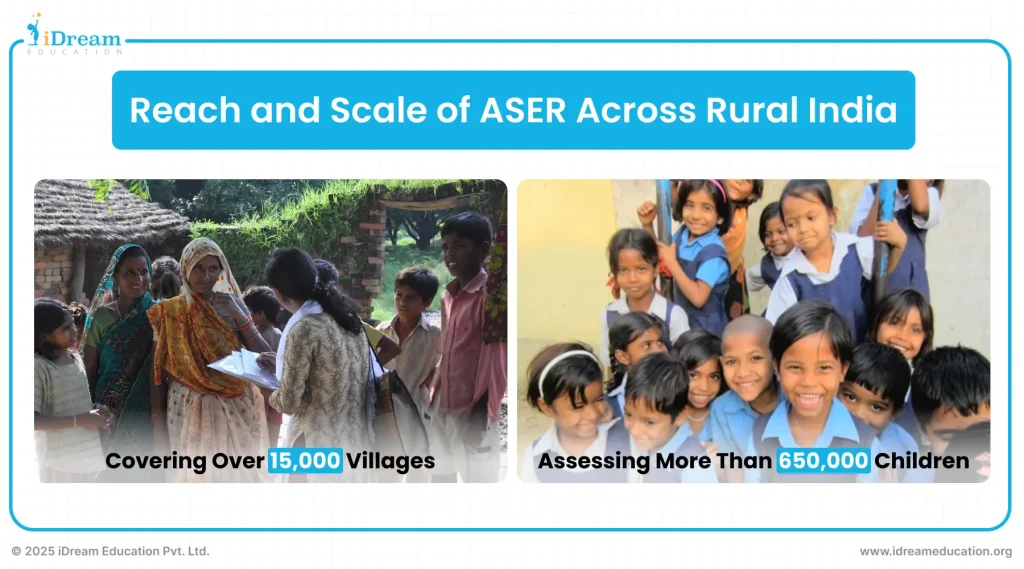
This expansive reach ensures that ASER captures a truly representative snapshot of rural education across diverse geographies, communities, and contexts. Beyond the main survey, ASER Centre also undertakes a variety of research, assessment, and capacity-building projects, each with its own scope and scale. This allows the organisation to remain responsive to local needs while informing national and state-level education policy.
Key Highlights You Should Look At From The Recent Report: ASER 2024
The ASER 2024 report offers a comprehensive view of learning levels across rural India, focusing on foundational skills and digital access. Based on a survey of 6.5 lakh children, here are the most noteworthy takeaways:
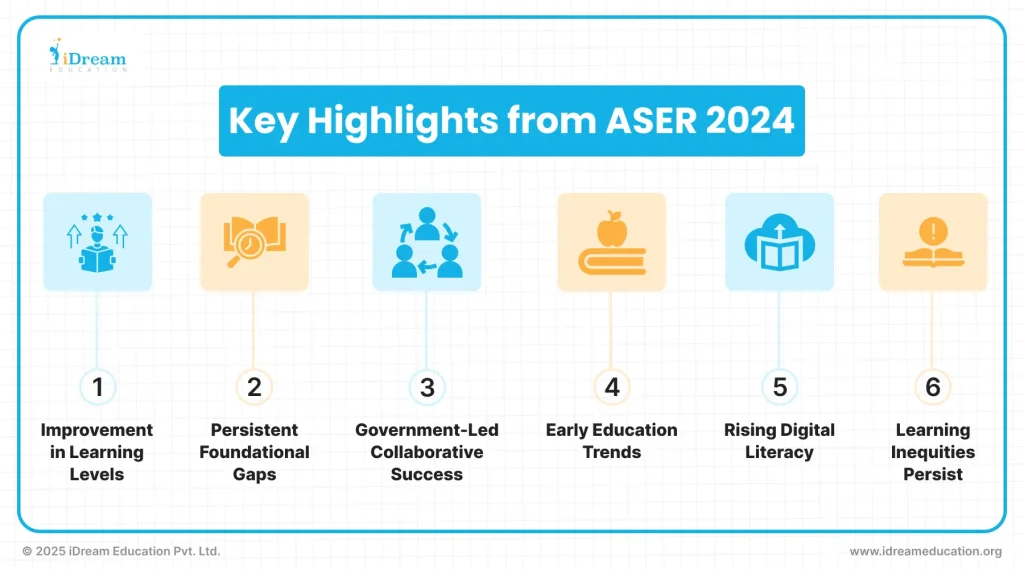
Improvement in Learning Levels
- Notable gains in reading and arithmetic skills among students in Classes 3, 5, and 8
- This marks the largest improvement in reading abilities since 2022, attributed to focused foundational learning efforts
Persistent Foundational Gaps
- Despite progress, a majority of Class 3 students still cannot read a Class 2-level text, signaling the need for sustained foundational interventions.
Government-Led Collaborative Success
- The report recognizes the collective push by governments and partners, especially under initiatives such as NIPUN Bharat, as key to the learning recovery post-pandemic.
Early Education Trends
- Increased enrollment in pre-primary classes and Anganwadis, reflecting a growing awareness of early childhood education’s importance.
Rising Digital Literacy
- Smartphone penetration continues to grow, especially among teens aged 14–16, indicating expanded digital access and potential for tech-enabled learning.
- However, girls still lag behind boys in access to digital devices and usage, highlighting a gendered digital divide.
Learning Inequities Persist
- Students from disadvantaged communities and government schools continue to perform below their peers in private institutions, though the gap is narrowing in some states due to targeted interventions.
Let’s Move from Insight to Action
It has been over six months since the release of the ASER 2024 findings, and encouragingly, several initiatives have already begun to address foundational learning gaps and improve education access for last-mile learners. However, to make real academic progress in the current academic year, we must accelerate our collective efforts and focus on solutions that truly meet learners where they are.
Approaches such as Personalized Adaptive Learning (PAL) can help bridge individual learning gaps, smart classrooms can enhance teaching instruction, and digital libraries can open up a world of educational resources for every child. These interventions when thoughtfully implemented have the potential to drive both equity and excellence in learning outcomes.


